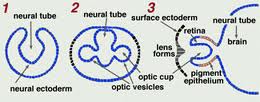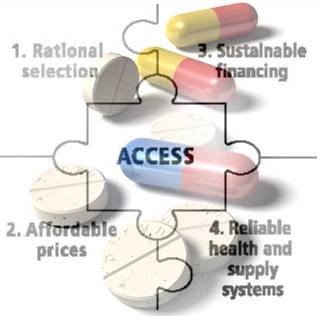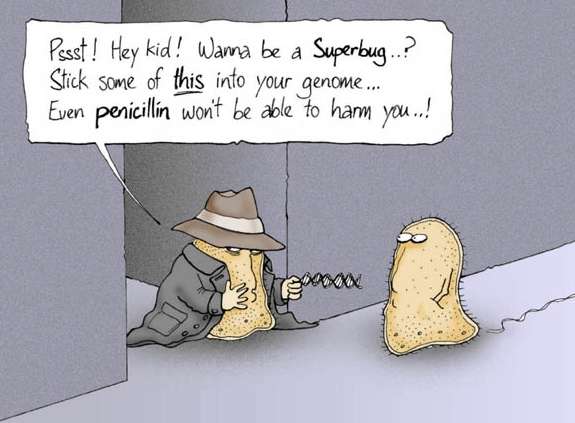ANTIVIRAL DRUGS: Classification and Anti-Herpes Virus drugs

Like antibiotics for bacteria, antiviral drugs developed by drug process development services are a class of antimicrobials used specifically for treating viral infections. They are relatively harmless to host because they inhibit the development of pathogens instead of destroying them. Most of the antiviral agents need to be activated by viral and cellular enzymes before exerting antiviral effect. Hence, activity of enzymes and concentration of substrates will influence the efficacy of these drugs.
In majority of acute infections, viral replication is already at its peak when symptoms appear. To be effective, antiviral therapy has to be started in the incubation period, i.e has to be prophylactic.

CLASSIFICATION:
1. Anti-herpes virus: Idoxuridine, acyclovir, valacyclovir, famciclovir, ganciclovir, forscarnet
Except forscarnet which is an inhibitor of DNA polymerase and reverse transcriptase, others are purine and pyrimidine anlaogues.
2. Anti-retrovirus:
a. Nucleoside reverse transcriptase inhibitors (NRTIs): Zidovudine (AZT), Didanosine, Zalcitabine, Stavudine, Lamivudine, Abacavir
b. Non-nucleoside reverse transcriptase inhibitors (NNRTIs):Nevirapine, Efavirenz, Delaviridine
c. Protease inhibitors: Ritonavir, Indinavir, Nelfinavir, Saquinavir, Lopinavir
3. Anti-influenza virus: Amatidine, Rimantadine
4. Nonselective antiviral drugs: Ribavirin, Lamivudine, Interferon alpha
General Mechanism of Action of Nucleoside Analogues:
1. Taken up by cells
2. Converted by viral and cellualr enzymes to the triphosphate form
3. The triphosphate form inhibits:
a. DNA polymerase
b. Reverse transcriptase
c. RNA polymerase
4. Or it may get incorporated into growing DNA leading to abnormal proteins or breakage.
ANTI-HERPES VIRUS DRUGS:
1. Acyclovir and Valaciclovir: These are guanine analogues with antiviral activities against Herpes group only.
Mechanism of action:
Acyclovir –viral thymidine kinase–> AcycloGMP –cellular kinases–> AcycloGTP
AcycloGTP performs 2 functions:
a. Inhibits viral DNA polymerase competitively
b. Termination of DNA synthesis by incorporation into DNA
Mechanism of resistance development:
a. Reduced activity of viral thymidine kinase
b. Altered DNA polymerase
Use:
The activity of acyclovir on herpes group:
Herpes simplex type I > Herpes simplex type II > (Varicella-zoster virus = Epstein-Barr virus)
Cytomegalovirus (CMV) are practically not affected.
a. Genital Herpes simplex (type II)
b. Mucocutaneous H. simplex (type I) : remains localized to lips and gums
c. H.simplex encephalitis (type I)
d. H. simplex (type I) keratitis : because of good corneal penetration
e. Herpes zoster
f. Chickenpox
Adverse effects:
a. Topical: stinging and burning sensation
b. Oral: headache, nausea, malaise
c. Intravenous: rashes, sweating, emesis and fall in BP
d. Other toxicities:
i. Renal insufficiency (normalization on discontinuation of drug)
ii. Encephalopathy : tremors, lethargy, disorientation, hallucinations, convulsions and coma
Valaciclovir is an ester prodrug of acyclovir with improved oral bioavailability. It is the drug of choice in herpes zoster.
2. Famciclovir: It is used an alternative to acyclovir for genital or orolabial herpes and herpes zoster.
3. Ganciclovir:
a. Analogue of acyclovir
b. Active against all herpes viruses including CMV
c. CMV can develop ganciclovir resistance by mutation
d. Low oral bioavailability given I.V.
e. Drug of choice for CMV infection in immunosupressed patients (eg. AIDS) : pneumonia, colitis, retinitis
Adverse effects:
a. Bone marrow supression : leukopenia and thrombocytopenia
b. CNS effects: headache, behavioral psychosis, coma, convulsions
c. Rashes, fever, vomiting
4. Idoxuridine and Trifluridine:
a. Topical agent for Herpes keratitis
b. Triflurdine (also for CMV) is better for H.simplex II keratoconjunctivits
5. Forscarnet:
a. Direct inhibitor of DNA polymerase and reverse transcriptase
b. An inorganic pyrophosphate analogue
ADR:
a. Nephrotoxicity (Renal diabetes like condition, acute renal failure)
b. Hypocalcemia, hypokalemia and hypomagnesemia
c. Anemia
d. Tremor, convulsions
e. Phlebitis (administered i.v.)
Use:
a. CMV retinitis and other CMV infections resistant to gancyclovir
b. H.simplex and Varicella Zoster resistant to acyclovir
c. HIV





1 Comment
Its very good
Comments are closed.